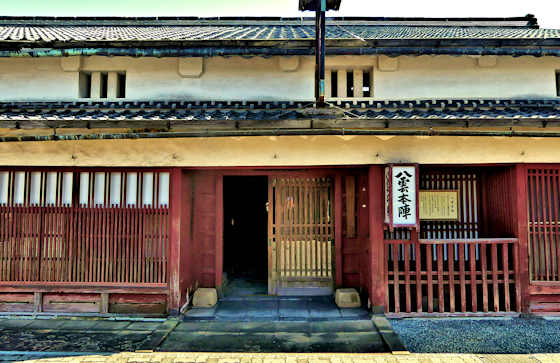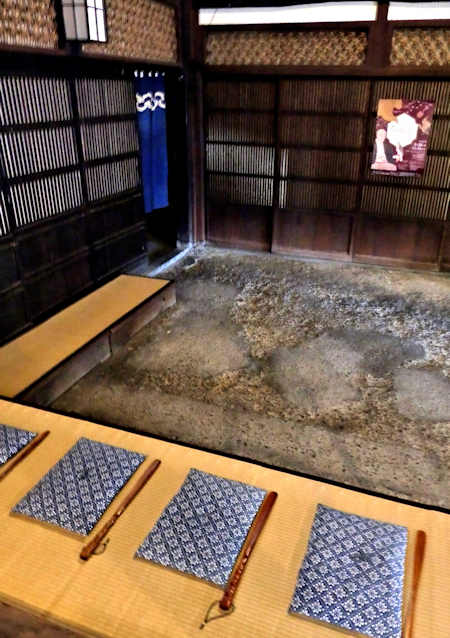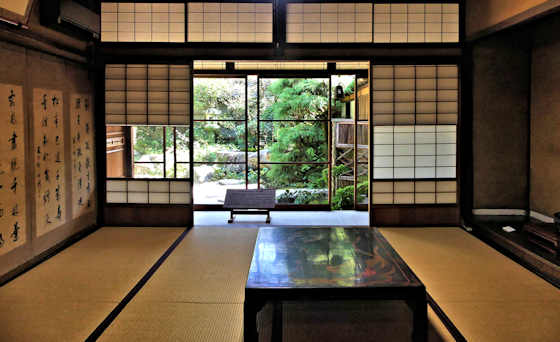I was woken by a knock at the door just after 5 this morning. It was two old guys from the emergency services telling me that the village would be cut off by floodwater later in the morning and did I have enough food. When I took these pics an hour ago the water was still rising.
The rain had been pretty heavy for a few days, but the problem was the much heavier rain that has been inundating Hiroshima. Some of that is what floods our local river, the Gonokawa. Upstream of us is the Hamahara Dam, and like 70 percent of dams in japan it cannot release water until it is full. This means we never get a slow rise of water, rather a sudden rise.
Route 261, the main road that runs along the river closed yesterday upstream and downstream from us so Yoko could not get home last night and had to spend the night at work in Gotsu. This flooding and road closing seems to be becoming more frequent.
Our little village is protected from the river by a huge embankment. However, when the river rises they close gates to stop the river from backing up into the village and so all the rain that is coming down off the mountains that surround the village on three sides cannot empty into the river and so backs up.
I used to have a garden down by the river, and it used to flood every two or three years. The last one, 4 years ago put the garden under at least 20 feet of water and devastated it so I gave up on it. My other garden, in the village, the 3rd photo, is now flooded. Not sure how much damage it will cause..... depends how quickly the water goes down....
Our house is several meters higher than the garden and we would be one of the last houses to be flooded were the water to rise much further. My worry is it is next to a steep mountain, part of which is planted in sugi, so a flood is much less likely than a landslide.
The water may rise a few more inches, but I am assured, by those who are releasing the water from the dam, that it will start going down soon



































































